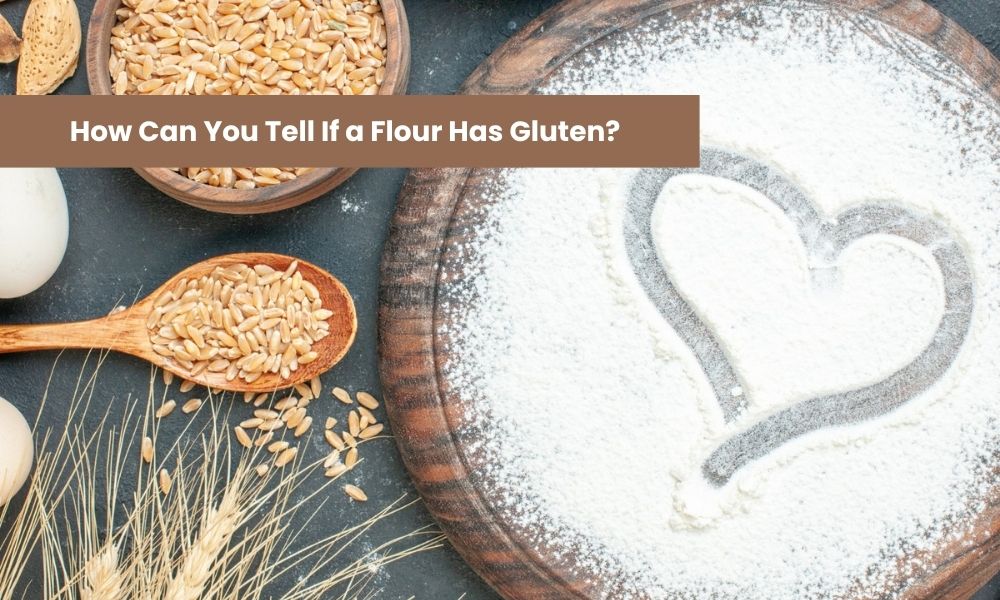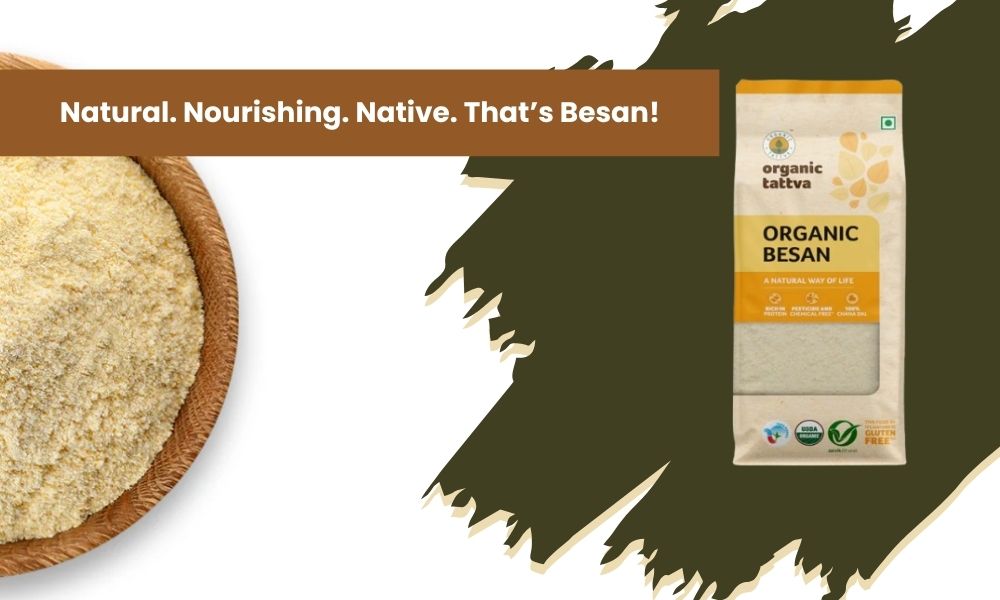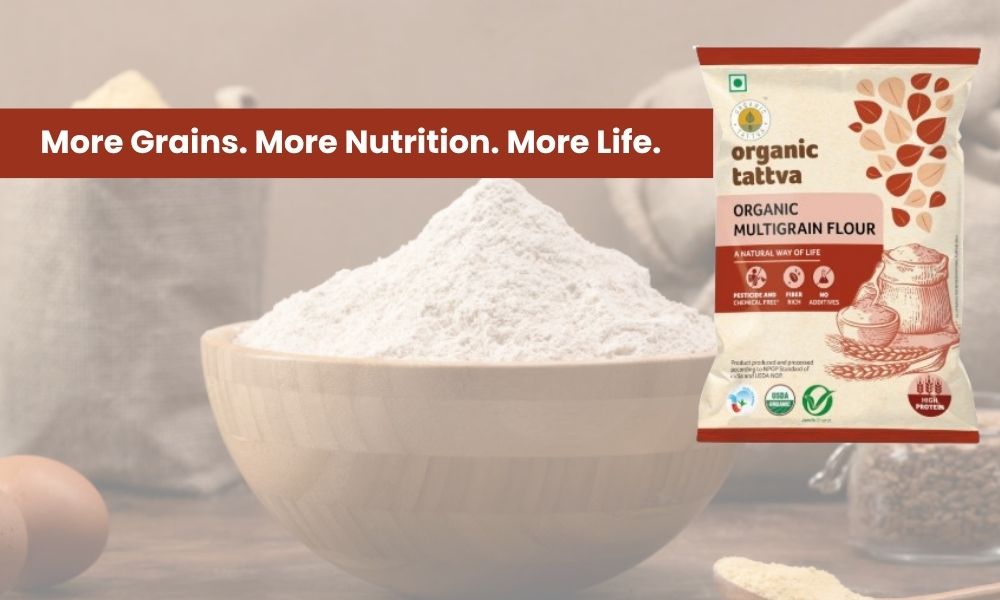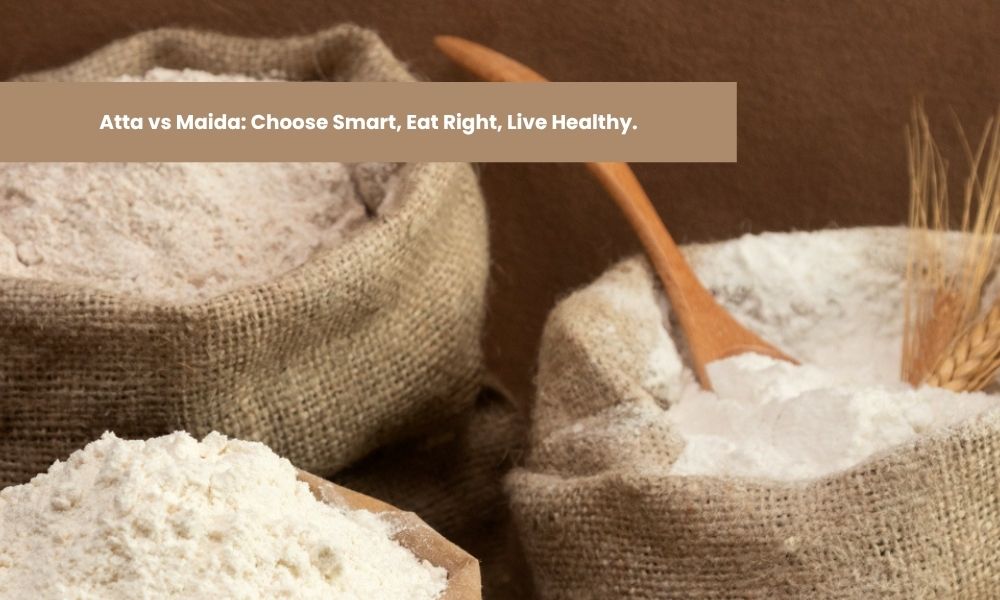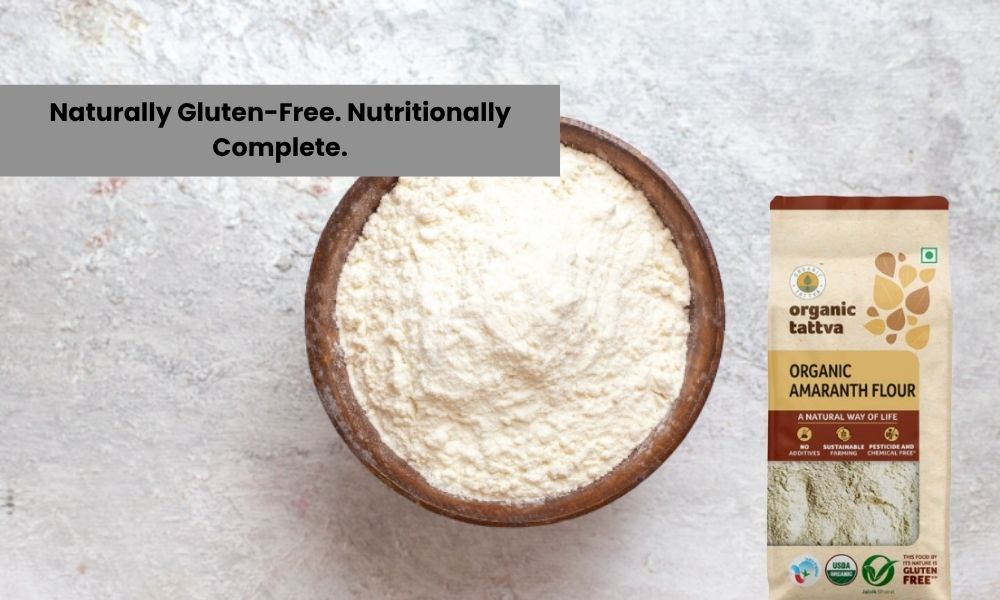When we think about everyday Indian food, roti and paratha instantly come to mind. Both are usually made from atta flour, but on the other hand, many bakery items and fried snacks are made from maida flour.
People often search for atta vs maida, maida vs atta nutrition, or even maida vs atta calories. Let’s understand their differences thoroughly and see which one is better for daily use.
What is Atta?
Atta is whole wheat flour. It is made by grinding the entire wheat grain—the bran, endosperm, and germ.
It is coarse in texture.
Rich in fiber, protein, B-vitamins, iron, and minerals.
Used for daily chapati, roti, puri, paratha, and phulka.
Because of its fiber content, atta helps in better digestion, slower sugar release, and longer satiety.
What is Maida?
Maida is refined flour, also derived from wheat, but it only uses the endosperm part.
It goes through heavy refining and bleaching.
Very soft, white, and smooth.
Commonly used in cakes, biscuits, samosas, kachoris, pizza base, bread, and pastries.
However, it has low fiber, low nutrients, and mainly provides empty calories.
Atta vs Maida: Key Differences
Factor
Atta (Whole Wheat Flour)
Maida (Refined Flour)
Processing
Minimal, whole grain
Highly refined & bleached
Nutrition
High in fiber, protein, vitamins
Less fiber makes it more elastic and more suitable for bakery items and Indian fast food snacks like samosas, bhature, naan, etc.
Digestion
Slow, steady energy
Quick energy causes sugar spikes
Health impact
Supports gut, weight control
May cause obesity, diabetes risk
Usage
Chapati, paratha, phulka
Cakes, bread, snacks
Calories (per 100g)
~393.24 kcal + nutrients
~364 kcal, fewer nutrients
Price (general market)
Usually lower than maida
Slightly higher in packaged form
Maida vs Atta Nutrition
Atta nutrition: Contains fiber, protein, magnesium, phosphorus, iron, and natural vitamins. Good for digestion and long-term health.
Maida nutrition: Mostly starch and calories. Loses bran and germ in processing, stripping away fiber and micronutrients. Often bleached, which may introduce chemicals.
Maida vs Atta Calories
Atta: ~340 kcal per 100g with fiber and protein.
Maida: ~364 kcal per 100g but empty calories.
The difference is not only in calories but in quality of nutrition. Atta calories come with benefits, while maida calories often lead to cravings and health issues.
Maida vs Atta Health Impact
Atta health benefits:
✔ Supports weight management
✔ Improves gut health
✔ Helps in blood sugar control
✔ Provides long-lasting energy
Maida health effects:
✘ May cause obesity
✘ Linked with diabetes and PCOS
✘ Creates digestive problems
✘ Lacks natural vitamins and minerals
Atta Flour vs Maida in the Indian Diet
In Indian households, atta is a staple for daily consumption. Maida should be an occasional treat, not a daily habit. If you love soft baked goods, look for healthier substitutes like:
Multigrain flour
Ragi, Jowar, Bajra, Oats flour
Organic wheat flour
Conclusion: Atta vs Maida – Which One Should You Choose?
For daily cooking, atta flour wins over maida. It keeps your body active, digestion smooth, and health in balance. Maida can be enjoyed occasionally in snacks and bakery items, but choose atta or other whole grain flours for everyday meals.
👉 If you care for your health, switch to Organic Tattva’s Atta—100% organic, chemical-free, and rich in natural goodness.
FAQ
Q1. Is atta better than maida?
Yes, atta is healthier because it has fiber, protein, and minerals, while maida has mostly empty calories.
Q2. Why is maida considered unhealthy?
Maida is refined, bleached, and low in nutrition. Regular use may lead to obesity, diabetes, and digestive issues.
Q3. What is the price difference between maida vs atta?
In local markets, atta is slightly cheaper. Packaged maida may cost more due to extra processing.
Q4. Does maida have more calories than atta?
Both are close in calories, but maida lacks nutrients. Atta calories are healthier as they come with fiber and vitamins.
Q5. Can we replace maida completely?
Yes. For rotis, breads, and snacks, you can use whole wheat, multigrain, or millet flours.
